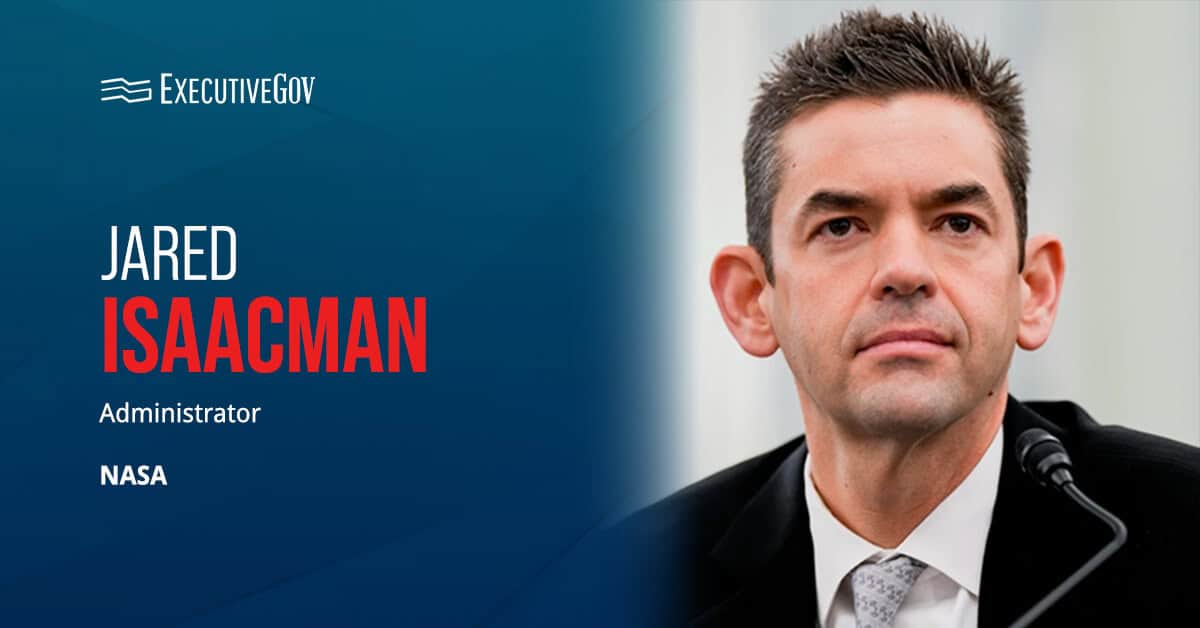The U.S. Indo-Pacific Command has identified networking, the ability to connect and integrate systems across domains, as the “mega trend” shaping the future of warfare, Breaking Defense reported Friday.

Network integration and multi-domain connectivity are redefining how the U.S. military operates across the Indo-Pacific — a key focus of a panel discussion at Potomac Officers Club’s 2026 Defense R&D Summit on Jan. 29. The session will highlight advances in wireless communication, integrated architectures and cross-domain interoperability that enable faster, smarter decision-making in complex operational environments. Register now to join defense leaders shaping the future of networked warfare.
Table of Contents
What Makes Networking a ‘Mega Trend’?
Speaking at AFCEA’s TechNet Indo-Pacific Conference in Hawaii, Lt. Gen. Joshua Rudd, INDOPACOM’s deputy commander, said the success of emerging military technologies depends on how well they can be linked through a single architecture.
“If you can’t network all these systems capabilities together on an architecture that enables us to connect and apply and move data, move information, move updated software at the speed of war, none of that works,” Rudd explained.
The mega trend encompasses three “meta trends:” information and cognitive operations; democratization of drones; and penetrating strike and precision effects.
How Are Meta Trends Redefining Warfare?
Rudd noted that the information domain has become central to modern conflict. Social media platforms and artificial intelligence can shape public opinion, influence political decisions and even determine whether and when forces deploy. Adversaries, he said, increasingly use information campaigns below the level of armed conflict to achieve objectives without firing a shot.
Meanwhile, the spread of affordable, high-performance drones has transformed both offense and defense. Commercially available systems can now provide surveillance and strike capabilities that once required state resources. Rudd pointed to Ukraine as an example of how small drones and adaptive tactics have reshaped the dynamics of assault and defense.
The third meta trend, he said, centers on long-range precision strike capabilities enabled by advances in propulsion, commoditized space access, secret technologies and computing power that make targeting faster and more lethal. He noted that such capabilities are becoming increasingly vital for deterrence in the Indo-Pacific, where forces must operate across vast distances within expanding adversary engagement zones.
Why Is Network Integration Essential?
Despite these advances, Rudd emphasized that no capability matters unless it can be networked.
“The competition isn’t just about hardware or software,” he said. “It’s about creating an integrated system that delivers decision superiority, as well as command and control. The side that masters cognitive operations, counter-assault capabilities, survivable precision strike will shape the future security environment.”





